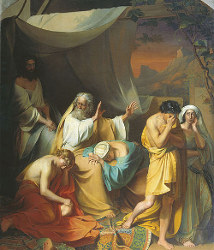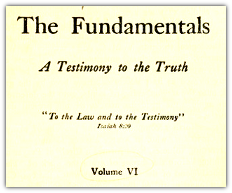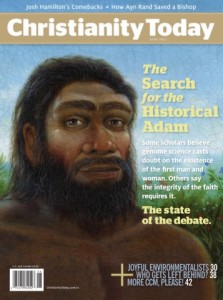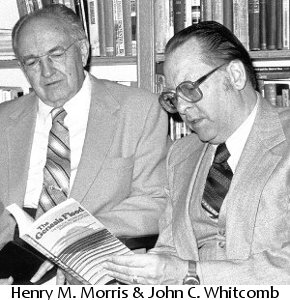
The deluge had passed, and the ark had been parked. It was now time for Noah and his family to enter into the postdiluvian “brave new world” that awaited them. Noah’s first act after debarkation was to build an altar and offer sacrifices to the Lord. This act elicited God’s promise that He would not smite every living thing again as He had done (Gen. 8:20-22).
The Lord then established a “covenant” with Noah and his descendants (9:9). Since we all are his descendants, the regulations of this covenant apply to all of mankind. The Jewish tradition states that the Noahic Covenant illustrates what God expects of all people, not just the Jews. The provisions of the Noahic Covenant regarding the spread of life, the source of life and the sanctity of life are given in Genesis 9:1-7. God pledged His faithfulness to these promises by the token of a “bow in the cloud” (Gen. 9:12-17). As a warrior or hunter hangs up his bow after using it, the LORD placed His bow in the sky after He shot it at the earth with the flood. By this sign, He promised that He would not perform that same act again!
Noah’s three sons—Shem, Ham and Japheth—became the progenitors of new life on an earth that had been wrecked by the flood but also purified from its ungodly inhabitants (Gen. 6:7). As the sons are mentioned in the text, Genesis 9:18 records a tiny piece of information that is important in understanding the rest of the account: “Ham was the father of Canaan.”
The following verses (9:20-27) record a sad event in the life of Noah, the man of whom it had been said, “Noah was a righteous man, blameless in his generation. Noah walked with God” (Gen 6:9). These verses describe the fall of a good man. “Noah began to be a man of the soil, and he planted a vineyard. He drank of the wine and became drunk and lay uncovered in his tent” (Gen. 9:20-21). Scripture records both the victories and the defeats of God’s people. That fact is an often overlooked evidence of the Bible’s truthfulness, since authors tend to play down the faults of their “heroes.”

 (
( (Read Part 1:
(Read Part 1: 

 The Genesis Flood is 50 years old today! The following article is reprinted with permission from the
The Genesis Flood is 50 years old today! The following article is reprinted with permission from the  It is so important that we focus on God’s perspective concerning ultimate origins. Human theories, hypotheses, speculations and opinions come and go. But the God “who cannot lie” (NKJV,
It is so important that we focus on God’s perspective concerning ultimate origins. Human theories, hypotheses, speculations and opinions come and go. But the God “who cannot lie” (NKJV, Read
Read 
Discussion